9 top tips for creating award-winning animated shorts
With Anthony Wong and David Tousek's award-winning Wildlife Crossing finally seeing release, the duo share some lessons learned.
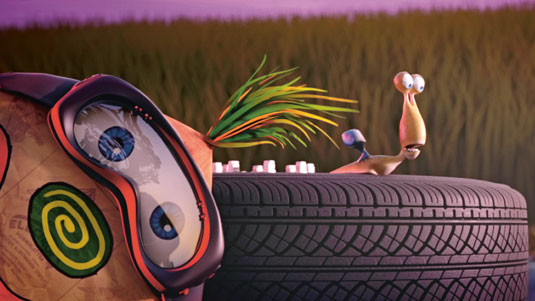
Back in 2013 Pixar's Anthony Wong and David Tousek, founder of the Anomalia Animation Training School, teamed-up to create Wildlife Crossing.
"As animation director, I like to block out the film with poses as soon as possible," Wong says. "The goal here is hitting the story beats. Believe it or not, these can be lost when a film goes from storyboards to animation, especially the jokes.
"Once the beats are clear and established, the animators can then polish and add subtleties to their shots. I prefer a simple, clean, entertaining presentation of animation, instead of busy and fancy movements."
The design process

This award-winning animation was the brainchild of Noro Drziak and created with a team of talented concept artists. Wong and Tousek had developed a great opportunity for experimentation.
Both classical and CG artists teamed up on the project bringing a unique range of skills. Concept cars designed by classical sculptor, Stepan Beranek, who had never worked in 3D animation before. These designs were then brought to life by CG expert, Martin Furak who specicialises in photorealistic CG car modelling.

"Designing the characters was a collaborative process that pulled a lot of ideas from many sources," explains Tousek. ”From the director, the animation director, the concept artists and myself as the art director, we all worked on it using an online forum, posting ideas and comments.
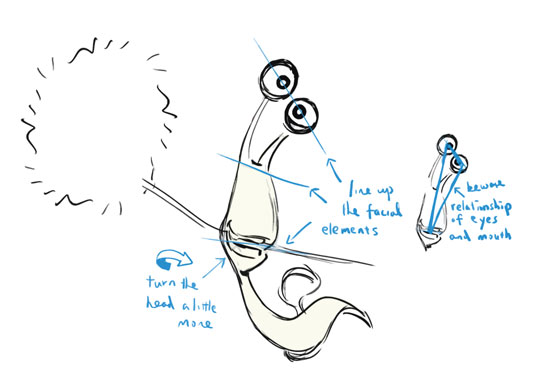
"We started to challenge the idea of the cartoon and suggested a stylised design, such as a snail with a hat and a tie. But that seemed too exaggerated a direction – the fact that the snails have human eyes and a mouth is enough!
Daily design news, reviews, how-tos and more, as picked by the editors.
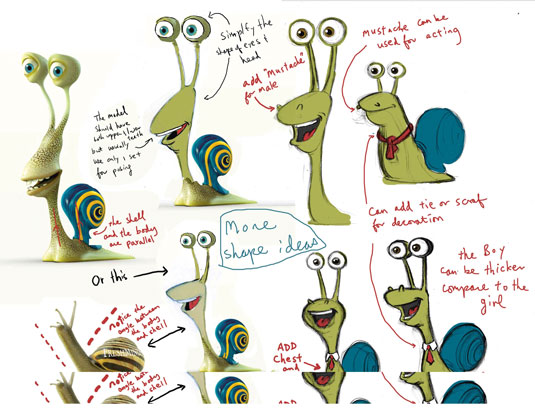
"After organising an animation team, keeping the quality as high as possible is the key to success to any animation project,” he says, "but even more so on a low budget, independent production, because animating takes the longest time, not to mention that it takes years to gain the appropriate level of quality, talent and experience.
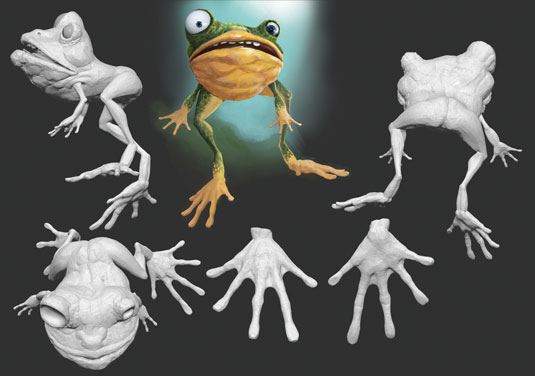
"The animation stage influences all other areas such as story, design, look, detail level, production complexity, timetable and budget. And because the resources are limited, and a team has to work faster in order to successfully meet its goals, all the planning has to revolve around the ability to assemble a good team that animates fast.
"And we believe that fast does not have to mean low quality. So keep in mind that you have limited time and resources, plan well and get collaborative people that understand the ups and downs of the whole journey."
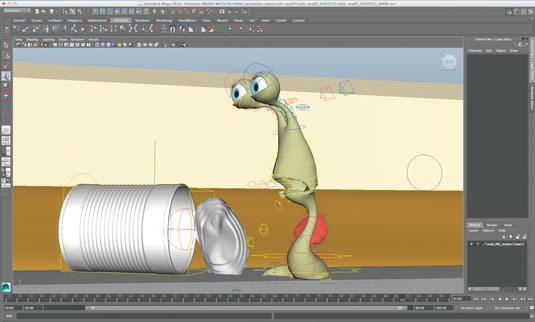
Tousek says having top animation supervisors on a team is the first step toward the success of an animated short. "Animation supervisors may be expensive, but they ensure your team has solid guidance, and that you have a decision maker that can quickly spot issues and steer the whole ship away from an iceberg," he comments.
Watch Wildlife Crossing below, and for more information click here.
Next: 9 top tips from Wildlife Crossing's creators

The Creative Bloq team is made up of a group of art and design enthusiasts, and has changed and evolved since Creative Bloq began back in 2012. The current website team consists of eight full-time members of staff: Editor Georgia Coggan, Deputy Editor Rosie Hilder, Ecommerce Editor Beren Neale, Senior News Editor Daniel Piper, Editor, Digital Art and 3D Ian Dean, Tech Reviews Editor Erlingur Einarsson, Ecommerce Writer Beth Nicholls and Staff Writer Natalie Fear, as well as a roster of freelancers from around the world. The ImagineFX magazine team also pitch in, ensuring that content from leading digital art publication ImagineFX is represented on Creative Bloq.
